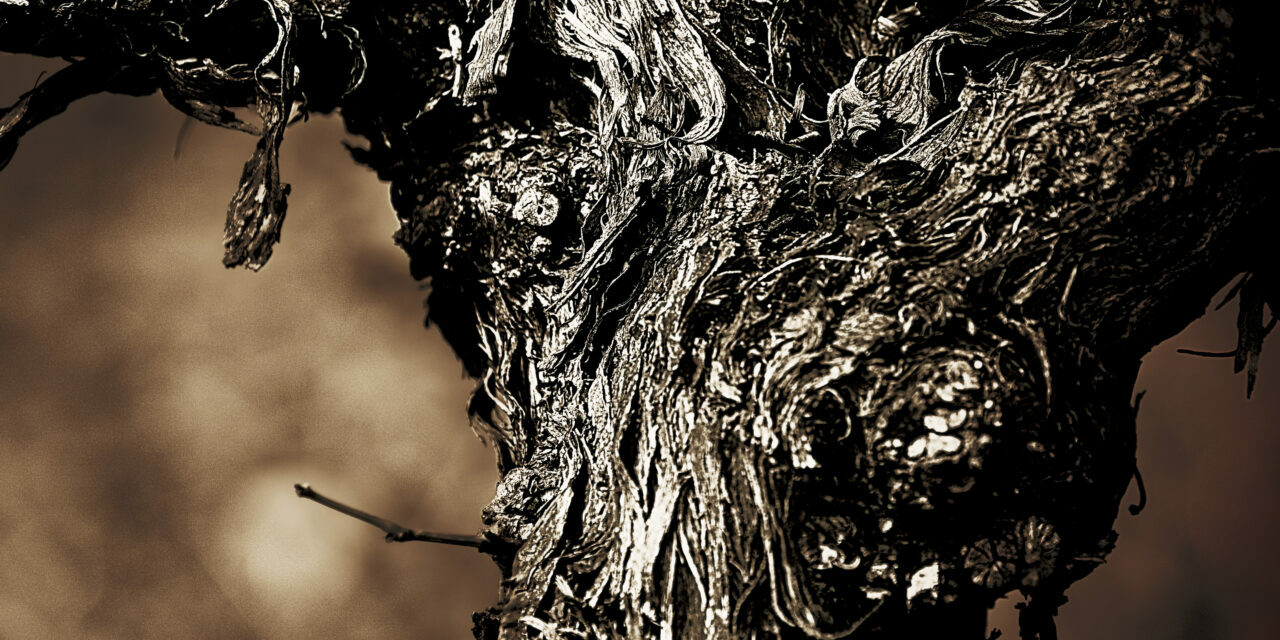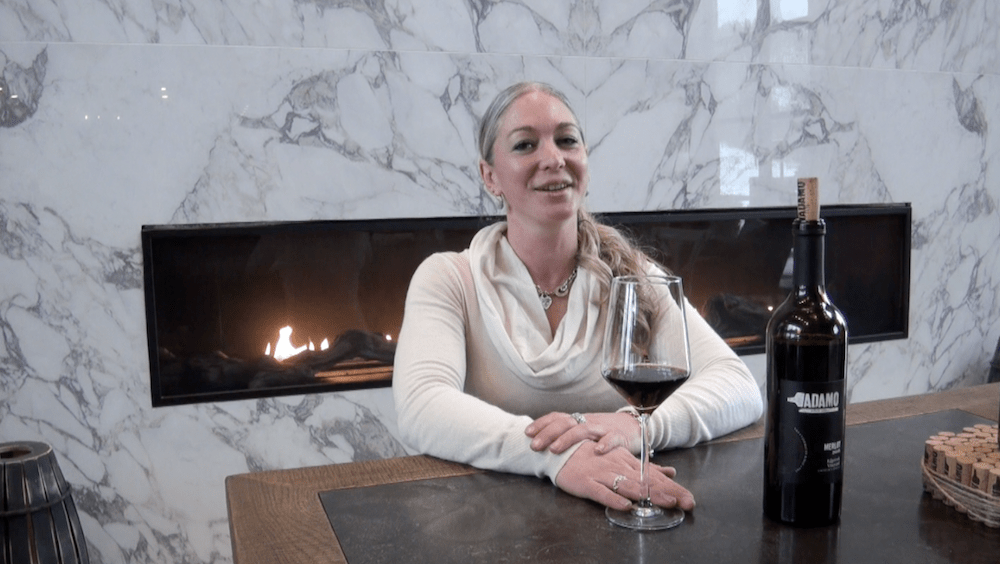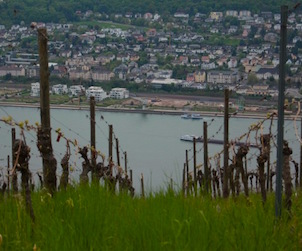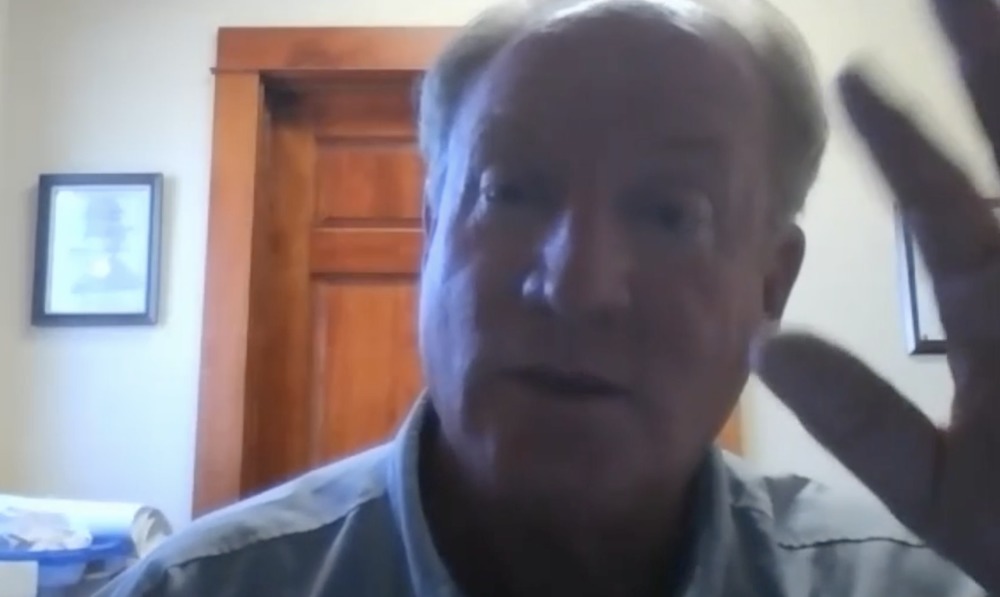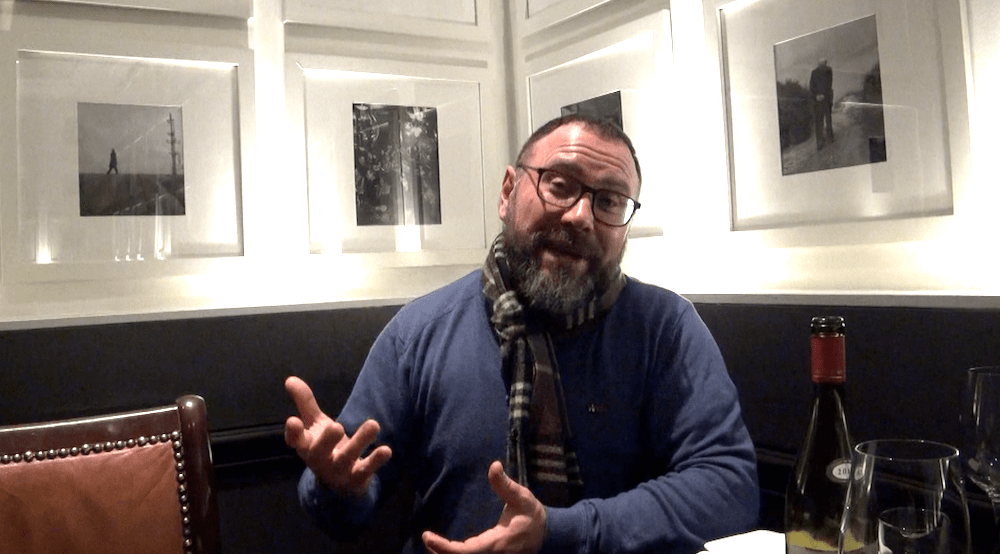This article is part two of a three-part feature on old bush vine Chenin Blanc from South Africa.
The original intent was to write a standalone piece on South African Chenin Blanc but as the words unravelled, I realised that the story could not be told without the sum of its parts, the history that makes enjoying a glass of old bush vine Chenin Blanc from South Africa a remarkable and complex journey.
The Impact of Government on South African Old Vines
Coming off of a relatively great wine run in the 18th and early 19th centuries, South Africa suffered markedly with the arrival of Phylloxera in 1886. Like many wine regions touched by Phylloxera, South African farmers were forced to make a grave decision. Either continue grape growing and go through the process of grafting and replanting, or replace the vines with what they thought were more resilient crops. The result was that those who decided to remain in the field of grape growing replanted using high-yielding grapes such as Semillon and Hermitage (Cinsault) with hopes of maximising revenues through volume. However, the trouble with high-yielding varieties in lesser-regulated environments is that overproduction is almost a certainty. A state of supply that far surpasses demand, and this became the case in South Africa.
After the Anglo-Boer War and World War I, the consumer market withered. South Africa was left with unimaginable amounts of wine they could not sell. Producers threw surplus wines into rivers and lakes, creating a wine lake effect.
The Forming of the KWV
The wine agri-sector was in trouble. Not only did oversupply mean wastage, but it also meant that grape prices rapidly declined. The government created the KWV (Co-operative Winemakers Union of South Africa, translated from Afrikaans) to protect what remained in the industry in 1918, with Dr. Charles W.H. Kohler as its chair.
In its original state, the KWV was there to support and protect grape growers in South Africa. Things like quotas to dictate how many vines a farmer could plant to avoid overproduction, solutions for grape surpluses, and providing insight into quality winemaking were its mandates. To many, this seemed to be a step in the right direction, but named producers in the Cape were not as convinced. Do you remember the famed Constantia Wines we discussed in Part I of this series? They, and reputable producers like them, opposed the formation of the KWV Cooperative. In their minds, the cooperative supported small producers of poor quality (the actors in the wine lake saga), and they feared that a KWV monopoly on items in the wine production cycle would be the outcome – fortuitous.
In addition to the opposition from named producers, some merchants refused to buy grapes from the KWV and went directly to farmers. This direct-to-farmer relationship undermined the existence of the KWV, and its membership dropped as a result. Koehler, and the others in charge, knew that to retain control, the group would need an official elevation of powers. In 1924, the KWV convinced then Prime Minister Jan Luts to introduce the Wine and Spirits Control Act which gave the KWV control over wine and spirits distillation. Though the act excluded ‘quality’ producers, it was monumental in that the KWV was appointed the sole exporter of South African wines, a position it held up until 1993.
In 1926, they became the first producer of Brandy with a steady line of export to Britain. Brandy production was just one of the solutions to a surplus in grapes and one of the reasons the region saw a rise in Chenin Blanc plantings. The base wines used for Brandy production are Colombard, Ugni Blanc, and, you guessed it, Chenin Blanc. Grape juice, and cologne made from grape spirits were also added to the list of surplus grape uses. What could not be repurposed was destroyed by the KWV, even after purchasing from local farmers.
Leap forward to 1940, and the KWV gains the responsibility of setting the minimum price for all wines, and with this, the KWV now virtually controls all aspects of wine in South Africa.
While in power, the KWV stayed true to the cooperative’s mission of setting transparent grape rates, making it easy for their members (the farmers) to plan financially and fiscally. The downside is that members were more focused on quantity than quality. What was rewarded through the cooperative was yield. Naturally, this led business-savvy farmers to focus on the rate per ton, and that alone. Vines were pulled at 20 years and replaced with younger buds. Clearly, this replanting cycle shows why there are far fewer old vines in South Africa than one would expect with such an extensive wine history.
Not all producers were of the mind of high-yielding harvest, however. I am specifically looking at the early ‘90s when Ken Forrester purchased his vineyard property, and the work he did immediately following.
I connected with Louw Strydom, the Sales Manager for Ken Forrester Wines to understand what prompted Ken, and others like him, to seek the side of innovation versus banality when staying with the status quo appeared to be a sure-fire way of making money.
“As a restauranteur [Ken] had come into contact with elegant white wines from the Loire, and he understood that those wines were Chenin. He could not understand why South Africa had not jumped on Chenin Blanc in terms of the quality.”
Louw later went on to say that no one was championing the elevation of Chenin Blanc. It was seen as the workhorse grape designated for volume production. This led Ken to take on the role of Mr. Chenin Blanc and champion its story as the elegant South African white wine we all know it can be today.
It was the act of producers like Ken Forrester and Irina von Holdt, to name a few, that hastened South Africa’s recognition as a wine region of choice after the damning veil of apartheid was lifted. What these producers brought to the region was a type of innovation and foresight that the KWV Cooperative could not provide.
The Cooperative Ending
In 1991, one year after Nelson Mandela’s release from prison, the KWV abolished its quotas. I can only imagine that as the political tides were starting to change due to unrest and the culmination of sanctions against South Africa, the KWV and other government extensions saw that there was a change in wait. Moreover, if the message was unclear, Prime Minister P.W. Botha’s resignation in 1989 made it all too lucid.
In 1997 (three years after apartheid was abolished), the KWV stopped buying excess grapes for distillation and was converted from a cooperative to a private corporation. This was a sign that the vines and the grapes produced had to be of a quality worthy of making wine. Yield alone could no longer be the focus.
Part three of this series looks at South Africa’s wine production post-apartheid. We’ll look at leading global initiatives such as the Old Vine Project, and the producers and industry players championing the region’s excellence today.

